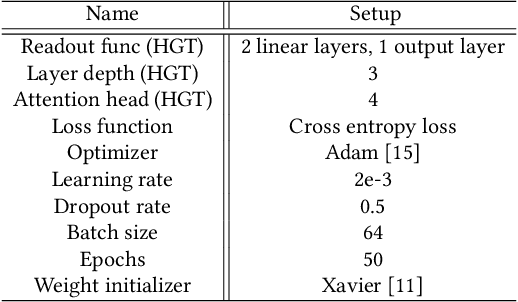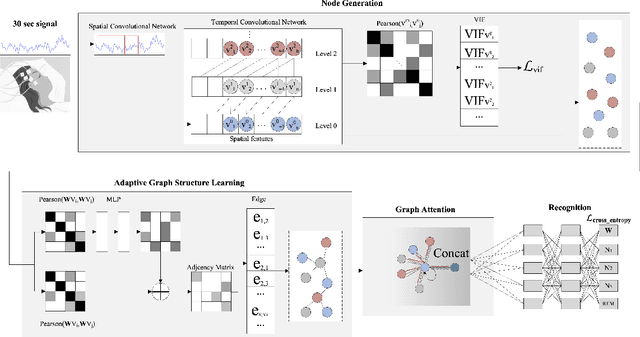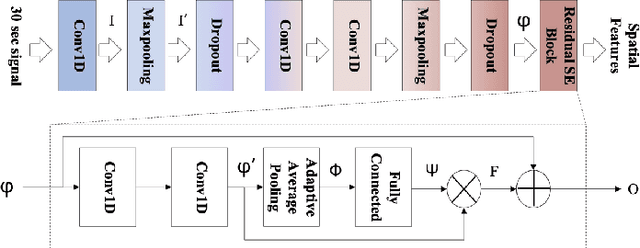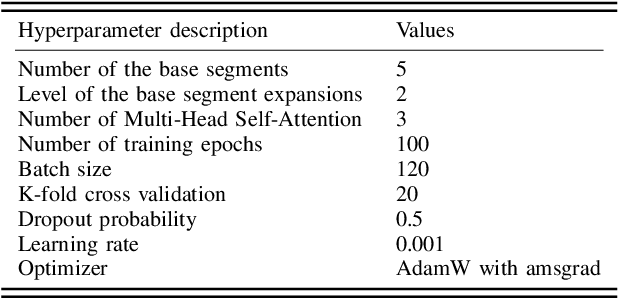Yuzhe Tian
LGL-BCI: A Lightweight Geometric Learning Framework for Motor Imagery-Based Brain-Computer Interfaces
Oct 12, 2023



Abstract:Brain-Computer Interfaces (BCIs) are a groundbreaking technology for interacting with external devices using brain signals. Despite advancements, electroencephalogram (EEG)-based Motor Imagery (MI) tasks face challenges like amplitude and phase variability, and complex spatial correlations, with a need for smaller model size and faster inference. This study introduces the LGL-BCI framework, employing a Geometric Deep Learning Framework for EEG processing in non-Euclidean metric spaces, particularly the Symmetric Positive Definite (SPD) Manifold space. LGL-BCI offers robust EEG data representation and captures spatial correlations. We propose an EEG channel selection solution via a feature decomposition algorithm to reduce SPD matrix dimensionality, with a lossless transformation boosting inference speed. Extensive experiments show LGL-BCI's superior accuracy and efficiency compared to current solutions, highlighting geometric deep learning's potential in MI-BCI applications. The efficiency, assessed on two public EEG datasets and two real-world EEG devices, significantly outperforms the state-of-the-art solution in accuracy ($82.54\%$ versus $62.22\%$) with fewer parameters (64.9M compared to 183.7M).
DSHGT: Dual-Supervisors Heterogeneous Graph Transformer -- A pioneer study of using heterogeneous graph learning for detecting software vulnerabilities
Jun 02, 2023



Abstract:Vulnerability detection is a critical problem in software security and attracts growing attention both from academia and industry. Traditionally, software security is safeguarded by designated rule-based detectors that heavily rely on empirical expertise, requiring tremendous effort from software experts to generate rule repositories for large code corpus. Recent advances in deep learning, especially Graph Neural Networks (GNN), have uncovered the feasibility of automatic detection of a wide range of software vulnerabilities. However, prior learning-based works only break programs down into a sequence of word tokens for extracting contextual features of codes, or apply GNN largely on homogeneous graph representation (e.g., AST) without discerning complex types of underlying program entities (e.g., methods, variables). In this work, we are one of the first to explore heterogeneous graph representation in the form of Code Property Graph and adapt a well-known heterogeneous graph network with a dual-supervisor structure for the corresponding graph learning task. Using the prototype built, we have conducted extensive experiments on both synthetic datasets and real-world projects. Compared with the state-of-the-art baselines, the results demonstrate promising effectiveness in this research direction in terms of vulnerability detection performance (average F1 improvements over 10\% in real-world projects) and transferability from C/C++ to other programming languages (average F1 improvements over 11%).
PearNet: A Pearson Correlation-based Graph Attention Network for Sleep Stage Recognition
Sep 26, 2022



Abstract:Sleep stage recognition is crucial for assessing sleep and diagnosing chronic diseases. Deep learning models, such as Convolutional Neural Networks and Recurrent Neural Networks, are trained using grid data as input, making them not capable of learning relationships in non-Euclidean spaces. Graph-based deep models have been developed to address this issue when investigating the external relationship of electrode signals across different brain regions. However, the models cannot solve problems related to the internal relationships between segments of electrode signals within a specific brain region. In this study, we propose a Pearson correlation-based graph attention network, called PearNet, as a solution to this problem. Graph nodes are generated based on the spatial-temporal features extracted by a hierarchical feature extraction method, and then the graph structure is learned adaptively to build node connections. Based on our experiments on the Sleep-EDF-20 and Sleep-EDF-78 datasets, PearNet performs better than the state-of-the-art baselines.
 Add to Chrome
Add to Chrome Add to Firefox
Add to Firefox Add to Edge
Add to Edge